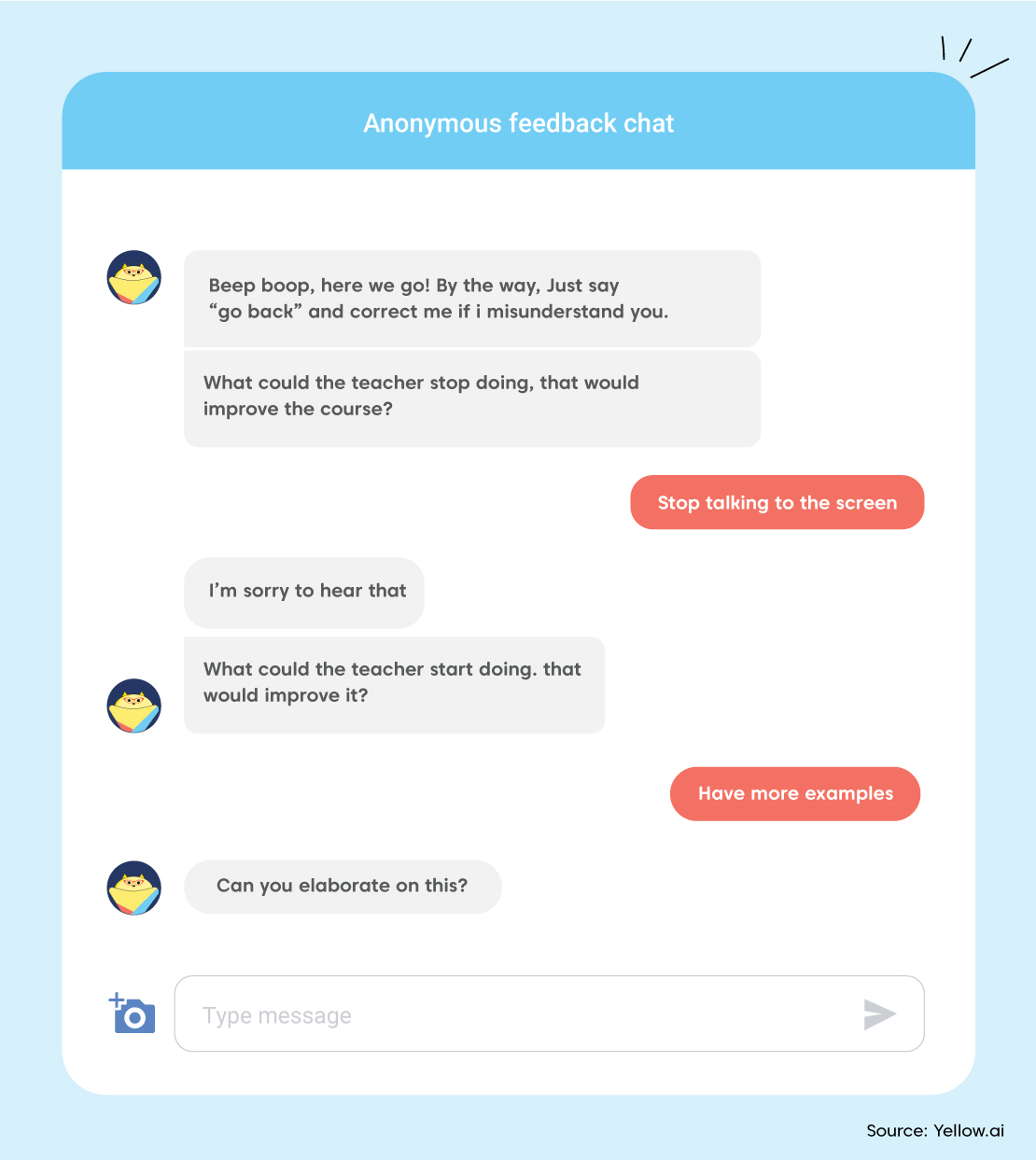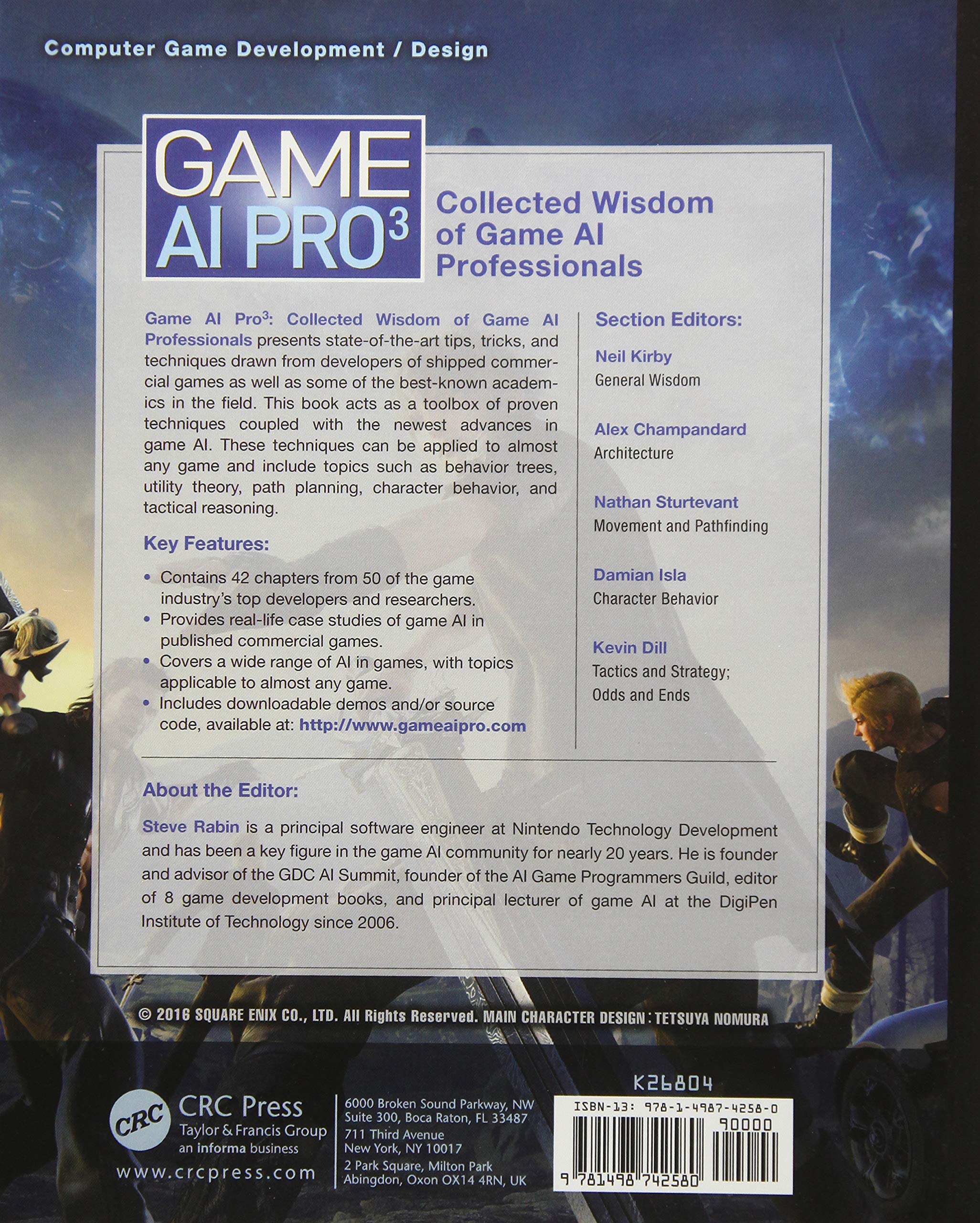
Fake news, also known as deepfake, is the most widespread form of slander. Recent examples of deepfake information include the video showing the Gabon president giving an address that rivals considered deepfake. The video caused civil unrest in Gabon and is still unknown about the president's health. It is possible that fake news will continue to emerge in the future.
Artificial intelligence (AI).
A few examples of fake AI are being touted by AI providers. MMC Ventures, an AI provider based in London, discovered that 40% percent of AI start ups it reviewed did not use the word artificial intelligence in any of their marketing claims. Banjo was an application that analysed information manually by human data scientists. The Utah lawmaker isn’t the only one. Fake AI has bitten many other companies and governments.

Fake news
Deep fakes are distributed worldwide, which means that platforms responsible for spreading them also have civil liability. Defamation is the strongest claim for civil liability for deep fauxs. Unfortunately, the platform owner may not be in the country so there may be no recourse for someone who has been hurt by the content. Platforms can take steps to reduce the damage caused by deep fakes.
Phishing
Identity fraud is the fastest-growing form of financial crime. Deepfake tech opens a Pandora's Box of opportunities for attackers. Since identities are a common variable across endpoints, applications, and networks, deepfake technology can fool authentication factors. Once this technology is in use, it is possible for phishers to steal identities, including those of business leaders. QR code phishing is a new threat.
Pornography
Internet users are increasingly embracing deepfake pornography. Its creators use artificial intelligence (AI), to create pornographic content using the likenesses celebrities and other prominent people. Deepfake Pornography is a very lucrative industry. Unlike the traditional porn, deepfake videos do not involve consent, but rather involve the abuse of the likeness of people who are over the age of 18.

Reconstructions and reconstructions of celebrities
DeepFake creates video-based replicas of famous celebrities by using artificial intelligence. The technology involves swapping faces and creating deep neural networks that reconstruct the image. DeepFake makes use of the videos to extract facial landmarks from the subject to identify their faces and reconstruct them based on those landmarks.
FAQ
From where did AI develop?
Artificial intelligence was created in 1950 by Alan Turing, who suggested a test for intelligent machines. He believed that a machine would be intelligent if it could fool someone into believing they were communicating with another human.
John McCarthy took the idea up and wrote an essay entitled "Can Machines think?" John McCarthy, who wrote an essay called "Can Machines think?" in 1956. He described in it the problems that AI researchers face and proposed possible solutions.
What do you think AI will do for your job?
AI will eventually eliminate certain jobs. This includes drivers of trucks, taxi drivers, cashiers and fast food workers.
AI will create new employment. This includes data scientists, project managers, data analysts, product designers, marketing specialists, and business analysts.
AI will make your current job easier. This includes positions such as accountants and lawyers.
AI will improve efficiency in existing jobs. This applies to salespeople, customer service representatives, call center agents, and other jobs.
What can AI be used for today?
Artificial intelligence (AI), a general term, refers to machine learning, natural languages processing, robots, neural networks and expert systems. It's also known as smart machines.
Alan Turing, in 1950, wrote the first computer programming programs. He was interested in whether computers could think. In his paper "Computing Machinery and Intelligence," he proposed a test for artificial intelligence. The test asks whether a computer program is capable of having a conversation between a human and a computer.
John McCarthy, who introduced artificial intelligence in 1956, coined the term "artificial Intelligence" in his article "Artificial Intelligence".
Many AI-based technologies exist today. Some are easy and simple to use while others can be more difficult to implement. They can range from voice recognition software to self driving cars.
There are two main types of AI: rule-based AI and statistical AI. Rule-based uses logic to make decisions. For example, a bank balance would be calculated as follows: If it has $10 or more, withdraw $5. If it has less than $10, deposit $1. Statistics are used for making decisions. A weather forecast might use historical data to predict the future.
What does the future look like for AI?
The future of artificial intelligent (AI), however, is not in creating machines that are smarter then us, but in creating systems which learn from experience and improve over time.
In other words, we need to build machines that learn how to learn.
This would mean developing algorithms that could teach each other by example.
It is also possible to create our own learning algorithms.
It's important that they can be flexible enough for any situation.
What are the advantages of AI?
Artificial intelligence is a technology that has the potential to revolutionize how we live our daily lives. Artificial Intelligence is already changing the way that healthcare and finance are run. It's also predicted to have profound impact on education and government services by 2020.
AI is being used already to solve problems in the areas of medicine, transportation, energy security, manufacturing, and transport. There are many applications that AI can be used to solve problems in medicine, transportation, energy, security and manufacturing.
What is the secret to its uniqueness? First, it learns. Computers learn independently of humans. Instead of teaching them, they simply observe patterns in the world and then apply those learned skills when needed.
AI's ability to learn quickly sets it apart from traditional software. Computers can scan millions of pages per second. They can recognize faces and translate languages quickly.
Artificial intelligence doesn't need to be manipulated by humans, so it can do tasks much faster than human beings. It may even be better than us in certain situations.
Researchers created the chatbot Eugene Goostman in 2017. The bot fooled dozens of people into thinking it was a real person named Vladimir Putin.
This shows how AI can be persuasive. Another benefit of AI is its ability to adapt. It can also be trained to perform tasks quickly and efficiently.
This means that companies do not have to spend a lot of money on IT infrastructure or employ large numbers of people.
Which countries are leading the AI market today and why?
China is the leader in global Artificial Intelligence with more than $2Billion in revenue in 2018. China's AI industry is led in part by Baidu, Tencent Holdings Ltd. and Tencent Holdings Ltd. as well as Huawei Technologies Co. Ltd. and Xiaomi Technology Inc.
China's government is heavily investing in the development of AI. The Chinese government has established several research centres to enhance AI capabilities. These centers include the National Laboratory of Pattern Recognition and State Key Lab of Virtual Reality Technology and Systems.
China is home to many of the biggest companies around the globe, such as Baidu, Tencent, Tencent, Baidu, and Xiaomi. These companies are all actively developing their own AI solutions.
India is another country where significant progress has been made in the development of AI technology and related technologies. India's government is currently working to develop an AI ecosystem.
Statistics
- In the first half of 2017, the company discovered and banned 300,000 terrorist-linked accounts, 95 percent of which were found by non-human, artificially intelligent machines. (builtin.com)
- A 2021 Pew Research survey revealed that 37 percent of respondents who are more concerned than excited about AI had concerns including job loss, privacy, and AI's potential to “surpass human skills.” (builtin.com)
- By using BrainBox AI, commercial buildings can reduce total energy costs by 25% and improves occupant comfort by 60%. (analyticsinsight.net)
- The company's AI team trained an image recognition model to 85 percent accuracy using billions of public Instagram photos tagged with hashtags. (builtin.com)
- That's as many of us that have been in that AI space would say, it's about 70 or 80 percent of the work. (finra.org)
External Links
How To
How to configure Siri to Talk While Charging
Siri can do many things, but one thing she cannot do is speak back to you. Your iPhone does not have a microphone. Bluetooth is the best method to get Siri to reply to you.
Here's how Siri can speak while charging.
-
Select "Speak when Locked" from the "When Using Assistive Hands." section.
-
To activate Siri press twice the home button.
-
Siri can be asked to speak.
-
Say, "Hey Siri."
-
Simply say "OK."
-
Speak: "Tell me something fascinating!"
-
Say "I am bored," "Play some songs," "Call a friend," "Remind you about, ""Take pictures," "Set up a timer," and "Check out."
-
Say "Done."
-
Thank her by saying "Thank you"
-
If you are using an iPhone X/XS, remove the battery cover.
-
Reinsert the battery.
-
Assemble the iPhone again.
-
Connect your iPhone to iTunes
-
Sync the iPhone.
-
Enable "Use Toggle the switch to On.